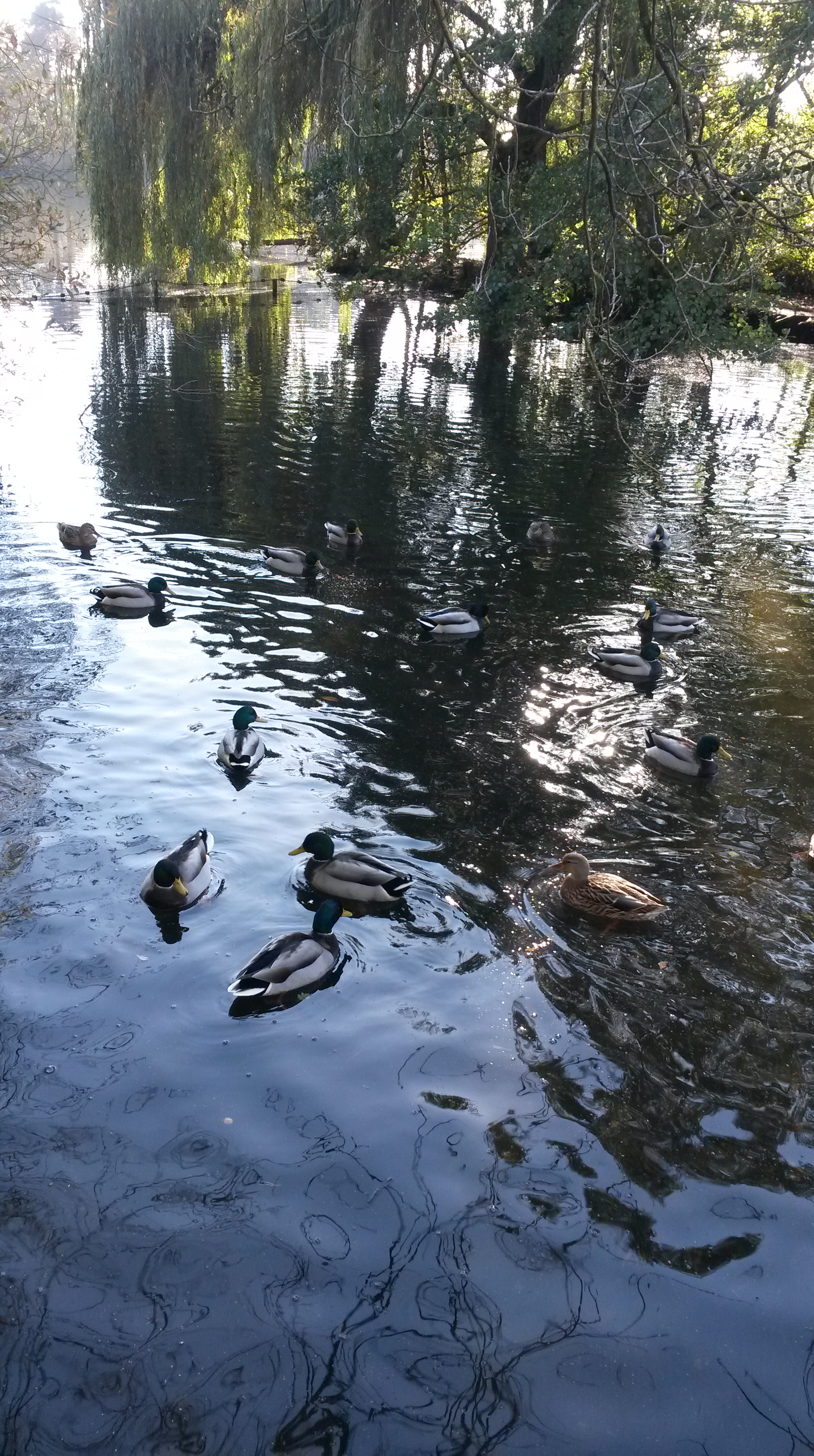 I often choose to work outdoors, relishing the fresh air in my lungs and the feeling of space around me. Obviously, I don’t mean that I have become a landscape gardener or a tree surgeon – letting me loose with a chainsaw or strimmer would be a mistake for all concerned – but instead of sitting indoors at a desk, I pop my laptop, coloured pens and notebook into my bike basket and head off for the local park (I usually pack a raincoat, gloves and a scarf too, just in case) The sense of freedom is fabulous!
I often choose to work outdoors, relishing the fresh air in my lungs and the feeling of space around me. Obviously, I don’t mean that I have become a landscape gardener or a tree surgeon – letting me loose with a chainsaw or strimmer would be a mistake for all concerned – but instead of sitting indoors at a desk, I pop my laptop, coloured pens and notebook into my bike basket and head off for the local park (I usually pack a raincoat, gloves and a scarf too, just in case) The sense of freedom is fabulous!
I’m at a point in my work where there are lots of things to ponder: projects to review, new ideas to develop; goals to set. As I sit on a wooden park bench with my notebook on my lap and my flask of hot, strong coffee steaming by my side, I am wowed and inspired by all the things going on around me in the natural world. I’m struck by the things I can learn from and relate to my work; the connections are thought-provoking and wide-ranging.
I know I’m starting to sound like an aging hippy (no sniggering at the back), but it seems that the liberating feeling of working outside the confines of an office can do that to you. And I know my work is all the better for it.
So what do I think we communicators can learn from the great outdoors?
1. Visual communication is simple and effective
In the spring I watch the plumage on the male ducks at my local lake turn from dull and drab to vivid shades of green and purple, almost over night. The message they are communicating is clear – ‘I am looking for a mate, I am beautiful and the best choice for you’. It’s the same with the flowers and the blossom; their colours are all about getting noticed by their audience, the bees. Keeping things simple and visual is proving very effective.
How can you introduce more visual elements to your communications?
2. To stay in touch with your group, you have to keep the communication going
As I sit on my bench, I am surrounded by bird song. I’m not an ornithologist, so I don’t know what all the different bird calls mean or what they are actually telling each other. But I do know that they are keeping in touch, keeping those lines of communication going and using every opportunity to communicate.
How can you keep the lines of communication open with your audience?
3. If you don’t stick to the timetable, you confuse people.
How many conversations have you had in the last week about how warm the weather is? As I sit outside in the fresh air, I marvel that I’m still able to sit out here in November without thermal long-johns and remain unaffected by frost bite. The weather timetable says that we should be experiencing autumnal weather now and, whilst enjoyable, it’s also confusing and disconcerting. And those male ducks appear to be developing bright coloured feathers again – definitely not the way it’s supposed to be.
What’s your timetable for communication and how will you stick to it?
If you need help applying these tips to communication at your organisation, feel free to get in touch with me to discuss how I can support you.
Until next time
Sarah
